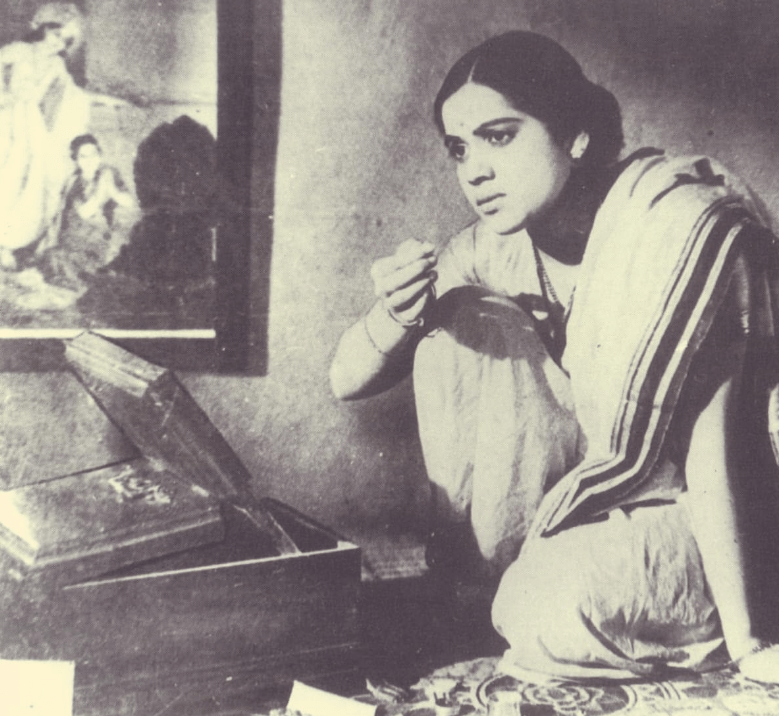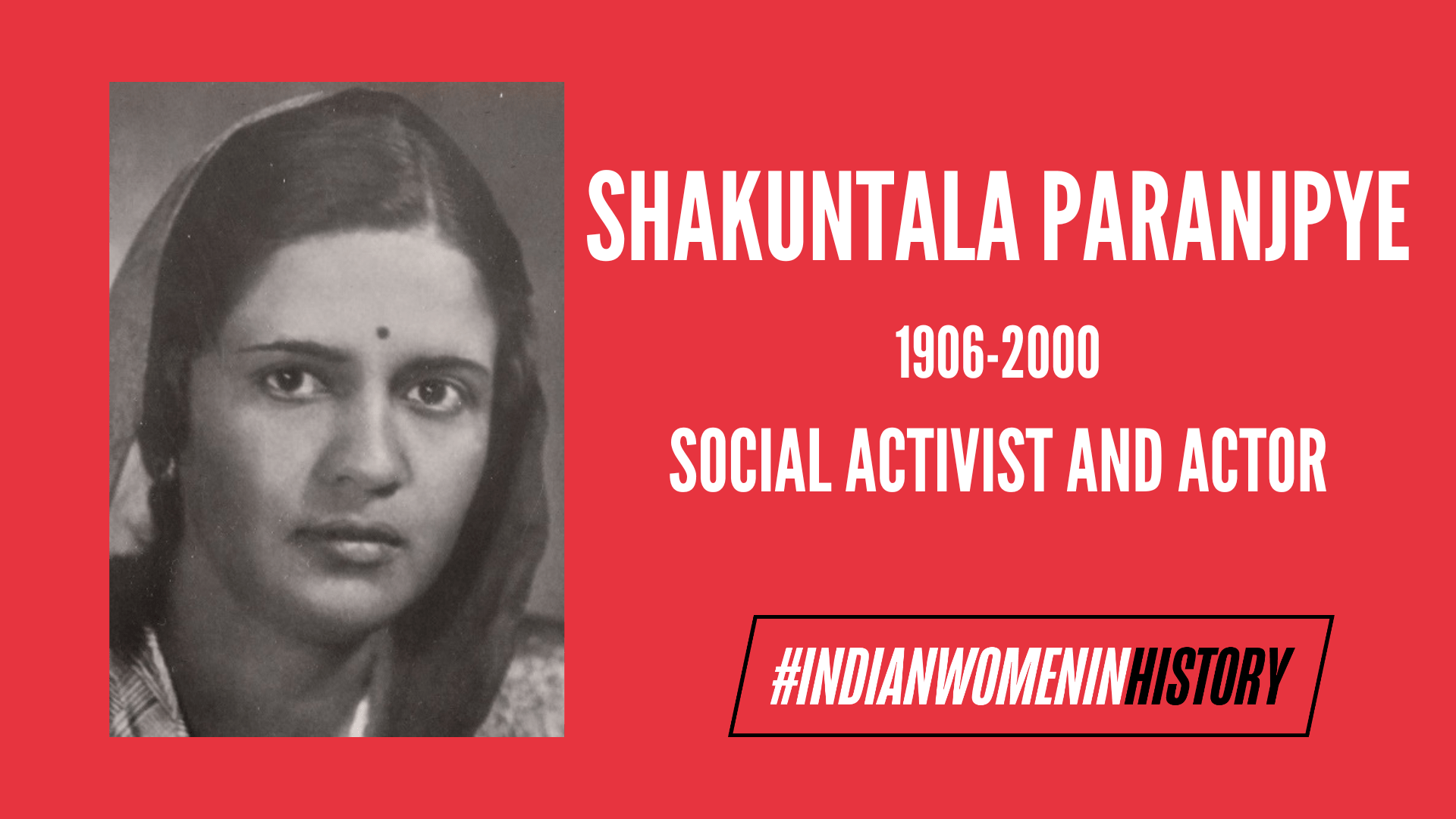For ages, women have always struggled with the potential showcase of their intellectual capacity. While it may have stood out easier to men in many ways, it has still been a challenge for women to break out and exert the different forms of authority with long-held beliefs against societal norms and perceptions. They almost fought for 200 years but when in 1868, the University of London became the first University to allow women to sit for the General Examinations, which marked the historical progression.
We have seen transcending trajectories of trailblazing women from history which means we’ve survived a world where we‘ve seen a no-no situation for women on the one hand and the other hand, we’ve also seen society from where they could create the identity of their own. It has thus, taken a long while for every other girl in a household to have a dream of their own that once seemed a far-fetched reality. So, to think of an acting, activism, and writing career in the 20th century time, one such historical figure is Shakuntala Paranjpye- a rebel figure for a cause yet is known for her multifold character.
The only daughter, Shakuntala was born (1906-2000) to the first Indian to be Senior Wrangler, Mr. R.P. Paranjype who was a mathematician, educationist and diplomat. Her father was an Indian High Commissioner to Australia during 1944-1947. She studied Mathematical Tripos at Newnham College, Cambridge. Graduated by 1929, she received a diploma in Education from London University.
While studying at Cambridge, she married a Russian painter, Eura Sleptzop. However, in 1937, she got divorced and she returned to Pune with her daughter, Sai and settled there permanently. Sai, her daughter is a screenwriter and filmmaker who has received the Padma Bhushan Award.
Shakuntala, in her advocacy
Shakuntala from early on, was interested in social activism. By the time she returned to India, her cousin Raghunath Dhondo Karve was doing a birth control campaign and from Pune, she joined him in the pioneering movement of family planning. She helped in the campaign by selling jellies and caps made for women’s contraception at a very nominal price. It was at a time when most people didn’t even have a surface knowledge about reproductive education and awareness.

Even many educated people at the time too, didn’t think of this knowledge as a required education. Speaking and writing about these topics was taboo but Shakuntala was way ahead of her time and she talked about it. Women from reputed families used to visit her to collect contraceptives but they too, were afraid.
Karve would carry a monthly ‘Samaj Swasthya,’ advertisement that informed about the availability of birth control. Only she and Karve at the time would write and talk against the societal currents of the family planning movement that began in 1938-1958.
She wrote in an advertisement: “For the convenience of Punekars, Mrs Shakuntalabai Paranjpye will herself examine the women and select the right size cap and give them complete information about its use. Jellies and caps that can be used along with them can also be brought from her. The needy women should seek details from her…Meeting from 3 to 5 pm. Address No. 122, Wrangler Paranjape Road, Bhamburda, Pune 4.”
Shakuntala increased her efforts to integrate family planning within health programmes. The monthly advertisement in Karve’s periodical paper became a subject for the mass taunts. Many Marathi periodicals had even published derogatory content. While many such private companies too, released ads about contraceptive things.
Shakuntala thus, faced backlash at the time but that didn’t stop her at all. Karve was once charged with a legal case in 1931 for publishing an obscenity as the naked girl posed on the front cover. This led to a country-wide discussion over the matter because it was a new thing and not an easily digestible argument for people.
Shakuntala at the time worked for the International Labor Organisation in Geneva, which helped him with two pounds of money to cover the cost of the trial. After the death of Karve, the periodical was on hold and many suggested Shakuntala run it again, but she didn’t as she wanted to preserve it for his separate legacy.
Shakuntalala’s writings
Besides activism, Shakuntala has written a lot in Marathi and English language. She has also done sketches and paintings. One of the book reviews published in the journal Sage titled, “Violence, Martyrdom and Partition: A Daughter’s Testimony,” by Nonica Datta said, “Shakuntala Paranjpye reveals a lot of her personality through her writing but not about her private life.” Nonica Datta writes about being curious at reformers like Shakunatala about most of life’s things that were kept private like marriage, and relationships.

“Is writing in this case, an escape from emotion rather than being an escape to emotion as has been the case with many women searching for a space of her own?” Nonica furthermore added. A lot of personality was revealed through her writings. Like how she was the first woman to ride a bicycle in Poona who challenged all notions of femininity.
Shakuntala’s books such as “Sense and Nonsense,” (1970), which according to Nonica, “has several sections on issues in family planning along with a humorous section entitled ‘International Conference Of Cows’ which is a report of the dream Shakuntala had as she fell asleep on her way to Delhi to attend a session of the Rajya Sabha on the issue of cow slaughter.”
“Three years in Australia,”(1951) “Kahi Ambat Kahi God,” (1979) and “Desh Videshichya Lok Katha,” became popular in her time. In an article titled, “Majhi Pretyatra,” she has explained the philosophies of life. This article is about the dream she had, letting the readers flow and assume what her daughter would be receiving from the neighbours and what remarks people would give about her when she passes away. She was very direct and honest with her opinion in this piece. She has also written about the elected people’s behaviour in the Parliament, highlighting the functioning of the Parliament in the 1960s. A film titled, “Yeh hai Chakkad Bakkad Bombay Bo,” was a film adaptation of one of her children’s books of 2003.
Shakuntala as an actress
In the 1930s, Shakuntala switched to acting. Her zeal to pursue and experiment different things at once led her to success in an acting career too. Her works include Ganga Maiyya (1955), Lokshahir Ram Joshi (1947), Ramshastri (1944), Jawani Ka Rang (1941), Paisa (1941), Stree (1938), Duniya Na Mane (1937), Jeevan Jyoti (1937), Kunku (1937), Sultana Chand Biwi (1937), Bahadur Beti (1935), Kali Waghan (1935), Typist Girl (1935), Bhakta Prahlad (1934), Bhedi Rajkumar (1934), Partha Kumar (1934), Sairandhri (1933).

Besides that, a film was made on Karve’s life and about his journey on birth control advocacy, which was directed by Amol Palekhar where the actress Varsha Usgaonkar played the role of Shakuntala. Shakuntala spent more than two decades in the films trying out different roles in them. Her film “Duniya na mane,” was the most notable work which was directed by V. Shantaram. The film starred Neera into a trap who is to marry Kakasaheb. Kakasaheb is a lawyer with two kids, a son and a daughter of Neera’s age. Neera doesn’t want to keep the relationship. There are many ups and downs where she suffers a lot. Later, when her husband turns up kind, he dies by suicide and then tells her to get married to a suitable person.
After Independence in 1947, Shakuntala was nominated a member of the Maharashtra Legislative Council from 1958 to 1964. She was also appointed as the President’s nominee to the Rajya Sabha. The Government of India awarded her with the Padma Bhushan award for recognition of her work in family planning.
Wherever Shakuntala went, she didn’t hold herself from speaking about truth, for honesty while socially engaging to change the conventional norms of the society at large together by leading people in a transformative way. Women like her have inspired not just the women of her time but even the women of today. What we could make more sense of her is that she could invent patterns of self-representations.
Shakuntala, moreover inspires us to understand that pursuing a dream is not just the end goal of everything, but sometimes putting the community first is far more important. Like Shakuntala, there are so many women struggling, trying to come out of the oppression and rebelling with a cause however that needs a channel way out, and that could be done if we keep on pushing ourselves a bit, and little by slowly tapping into the examples of the past figures, we can improve, we can learn and relearn the ways from them.
About the author(s)
Susmita Aryal is a final year student of English Literature and Journalism at St. Xavier's College, Maitighar, Kathmandu. Besides storytelling around identity, gender and society, she is interested in 'art' i.e. any kind of artworks that fall under the genre of art.






